Twenty-something years ago I was handed my first copy of Madeleine L’Engle’s A Wrinkle In Time. I remember this because it was my very first introduction to science fiction – at least, my first conscious one. As the masterpiece celebrates its 50th Anniversary this year, I wanted to share a few thoughts about what this book means to me.
A Wrinkle In Time is the story of an awkward and petulant, yet unknowingly brilliant teenager Meg Murry; her youngest brother, Charles Wallace, a savant of sorts; and a boy from Meg’s school, Calvin O’Keefe – an athletic kid with a sensitive soul and a soft spot for Meg. On their quest through time and space to find Charles and Meg’s missing father, the kids are helped by three ethereal beings: Mrs. Whatsit, Mrs. Who, and Mrs. Which. The statute of limitations on spoilers has LONG since ended, so too bad for anyone who hasn’t yet read the book (you should fix that as soon as possible, go!)
Reading the book for the first time as a kid, I found myself relating to Meg in a way that I never could with any Judy Blume character. Meg was a kid upset about her father’s disappearance, aware of the things that the townspeople said about him, and not about to take any BS from any adult. She felt alone, save for Charles: the one person who truly understood her with keen preciseness. She found comfort with him and was wary of just about everyone else. Right off the bat, I knew that getting to know Meg – shy, yet always ready for a fight – would be like getting to know myself a little bit better.
The greatest thing about Meg was that even though she had several almost super-powered men and boys surrounding her in the story – her brother, Calvin, her Father – she had to find the strength in herself to be able to save all of them. She couldn’t rely on her dad, as he wasn’t truly aware of the danger they were in. She couldn’t rely on Charles Wallace, because he was being consumed by IT, a telepathic brain that used mind control and communicated through pawns. She couldn’t rely on Calvin, because he had only just met the Murry family, and was not yet capable of the strength needed to save Charles Wallace and Mr. Murry. Meg was her own hero, even though she didn’t have training, with just the words of three wise beings to guide her. Popular media today is so saturated with the Father/Daughter archetype in hero stories that seeing this story from 50 years ago, still ahead of its time, is a testament to its impact on young girls.
Madeleine L’Engle gave me a true hero in Meg. She won not by “overcoming” her faults, but instead realizing that they were never really faults at all. What it all boiled down to was love. Love for her brother, for her father, for her mother, all of it made her act out towards those who dared speak ill of her family, making stubbornness a heroic quality. It’s this lesson that makes this book such an important piece of literature for kids everywhere, as much as it did in the 1960s. Plus, where else are you going to get string theory that is easy enough for 9-year-olds to understand? Most of all, A Wrinkle in Time was just an introduction for me, the beginning of an arc that would introduce us to the Austins, and continue the wonder and empowerment that Wrinkle set a precedent for.
Having re-read the book recently, I also can’t help but note the similarity between Meg & Calvin and a certain other brilliant mousy-haired girl and her ginger boyfriend from an enormous family. Several generations have been inspired by these characters, and I hope that generations to come will be too.
Bonus: This video of “A Wrinkle in Time” in 90 seconds is hilarious, but you should still go read the book, NOW.

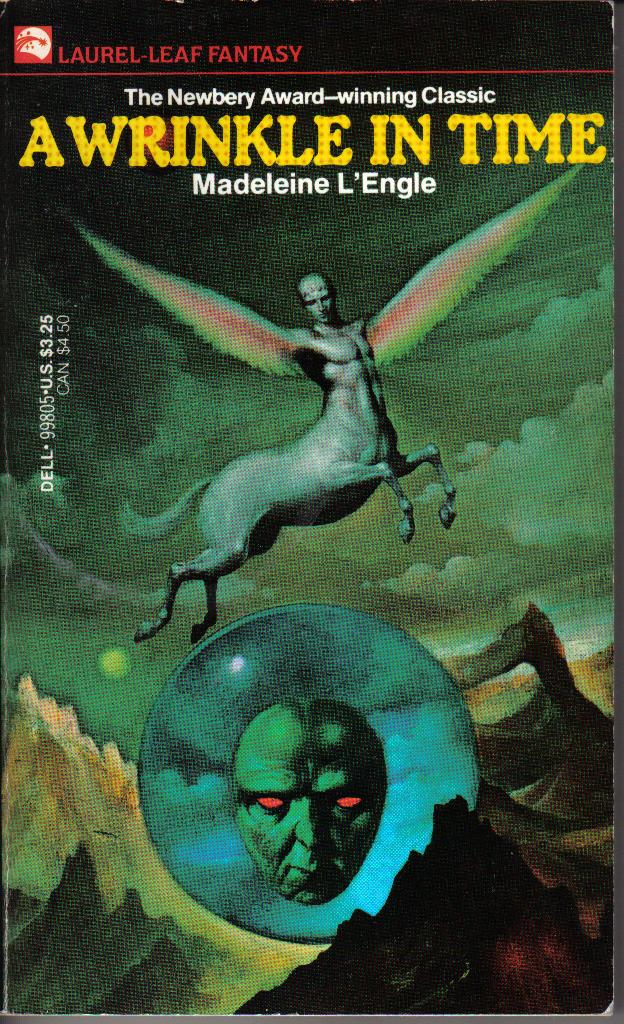
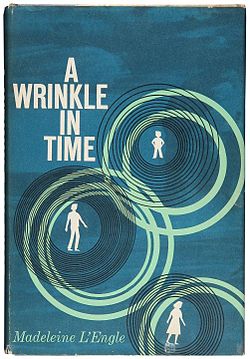
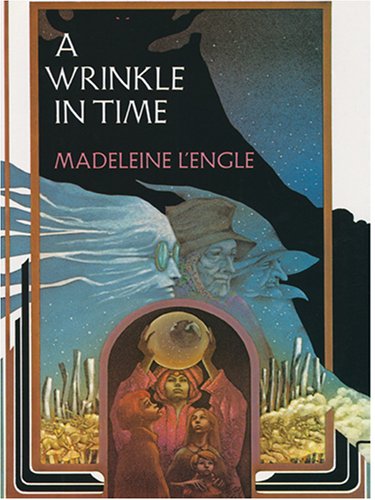
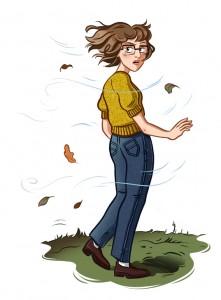
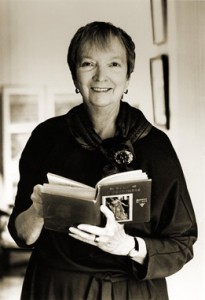

“I’m popular. But sensitive.” Swoon. I have to reread this, I think I may finally be old enough to understand all the string theory. As a kid, reading it felt like spying on a land of older, brilliant people, people I wanted to be part of one day.
Pingback: The Car Seat Dilemma « Slide Show and Ice Cream